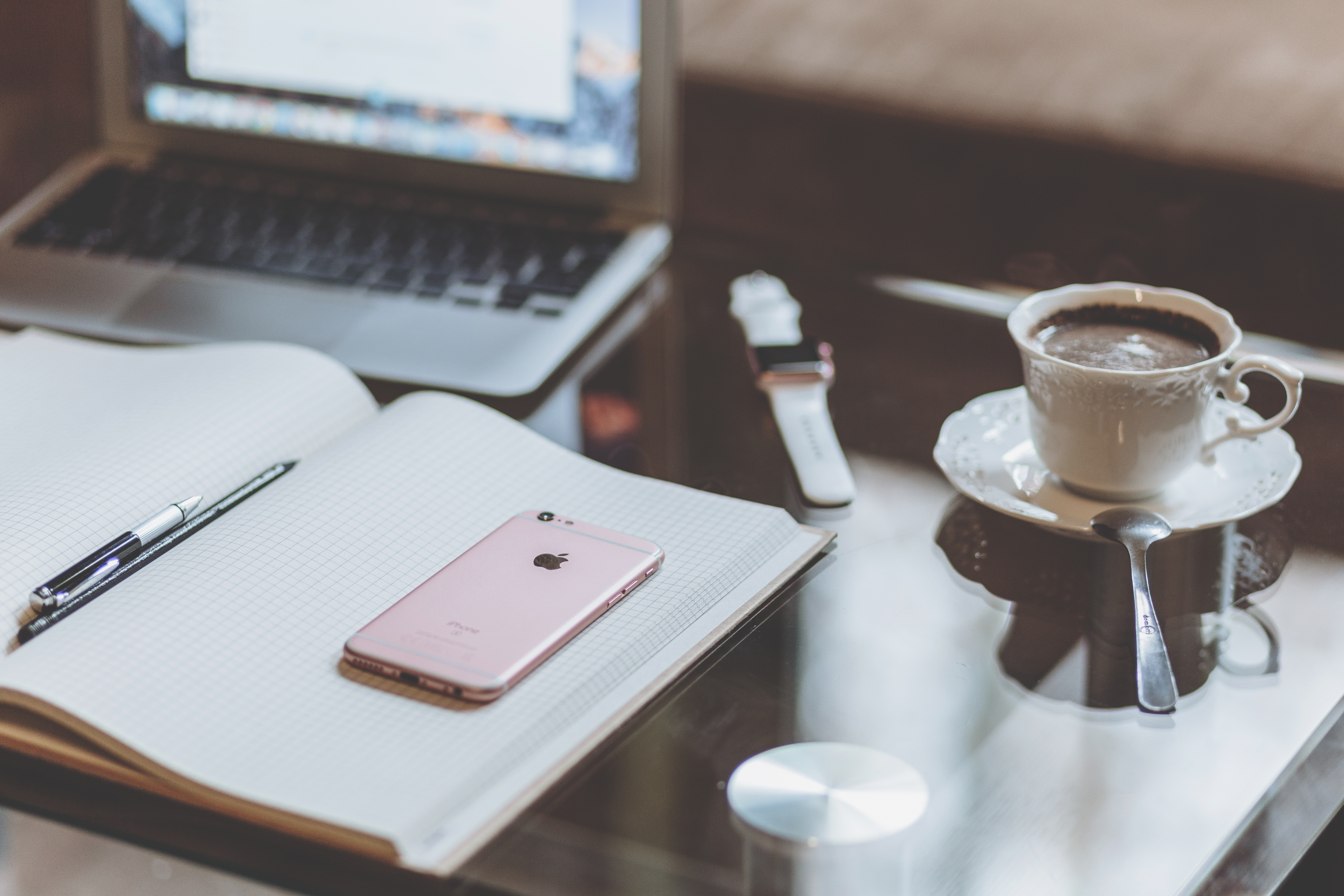

You probably don’t know what you’d do if anything happened to the precious photographs stored on your iPhone. Today, our smartphones help to keep everything that we hold dear safe and secure, from pictures of the children growing up to old photographs of your wedding day, notes that you need to read later, reminders, and important contact details. We take extra precautions to keep our phones safe, such as using iphone holders, cases and screen protectors. But, if anything were to happen to your iPhone, it’s not just the handset itself that you’d be losing. Most people know that an iPhone is replaceable, however, it’s the content stored on it which is not. We’ve put together some top tips to help you keep your iPhone data safe and secure.
Tip #1. Cloud Backup
One of the great things about using an iPhone is that you can automatically back your data up to the cloud every day. When you are signed up to use iCloud, each time you take a photo on your iPhone handset, it will save to the cloud along with on to your device. As a result, if anything does happen to your handset, you’ll be able to log into your iCloud account from a different device and retrieve all your content from there for iPhone data recovery. If you replace your iPhone, you can quickly and easily sync your iCloud data so that your new phone has everything that your old one did.
Tip #2. Computer Backup
As an alternative to storing your private data in the cloud, a computer backup can also be done. However, bear in mind that backing up your files to a computer is not always the safest of options. Even though you’ll have the extra copy saved elsewhere, if anything were to happen to the other device, you’d be in trouble. To back up your files to your computer, the process is easy – simply plug in your iPhone to a device that hosts iTunes. Once this is done, a sync will be carried out between the iPhone and the computer, making a copy of all your files.
Tip #3. Set a Passcode
Along with backing up your data, there are several things that you can do to improve the security of your iPhone and prevent your data from getting into the wrong hands. Firstly, setting a passcode on your iPhone that only you are aware of is important. If your iPhone is stolen, a strong passcode will ensure that the thief is unable to access your data. Even better; use Touch ID.
Tip #4. Enable Find My iPhone
Whilst the ‘Find My iPhone’ feature may not be of much use if you were to drop your handset into the water, for example, in the case of theft it can come in very handy. Enabling this feature on your iPhone means that if your handset does go missing or end up in the wrong hands, you can find its location quickly and easily.
Did these tips help? We’d love to hear from you in the comments.


